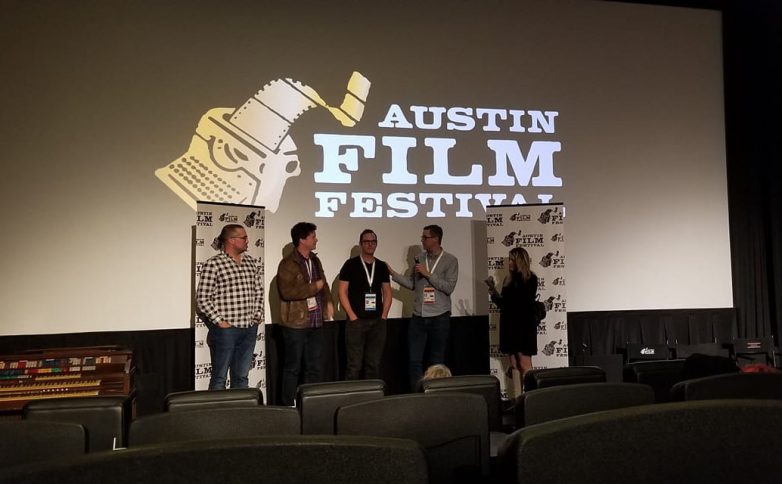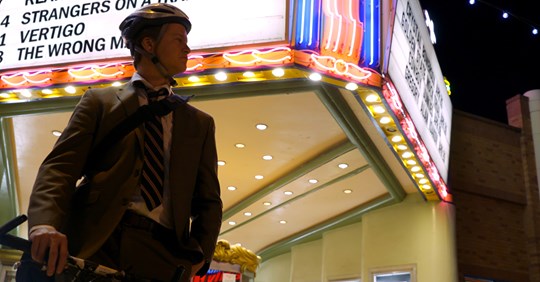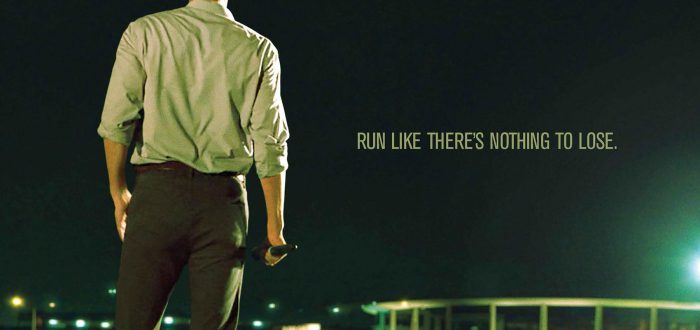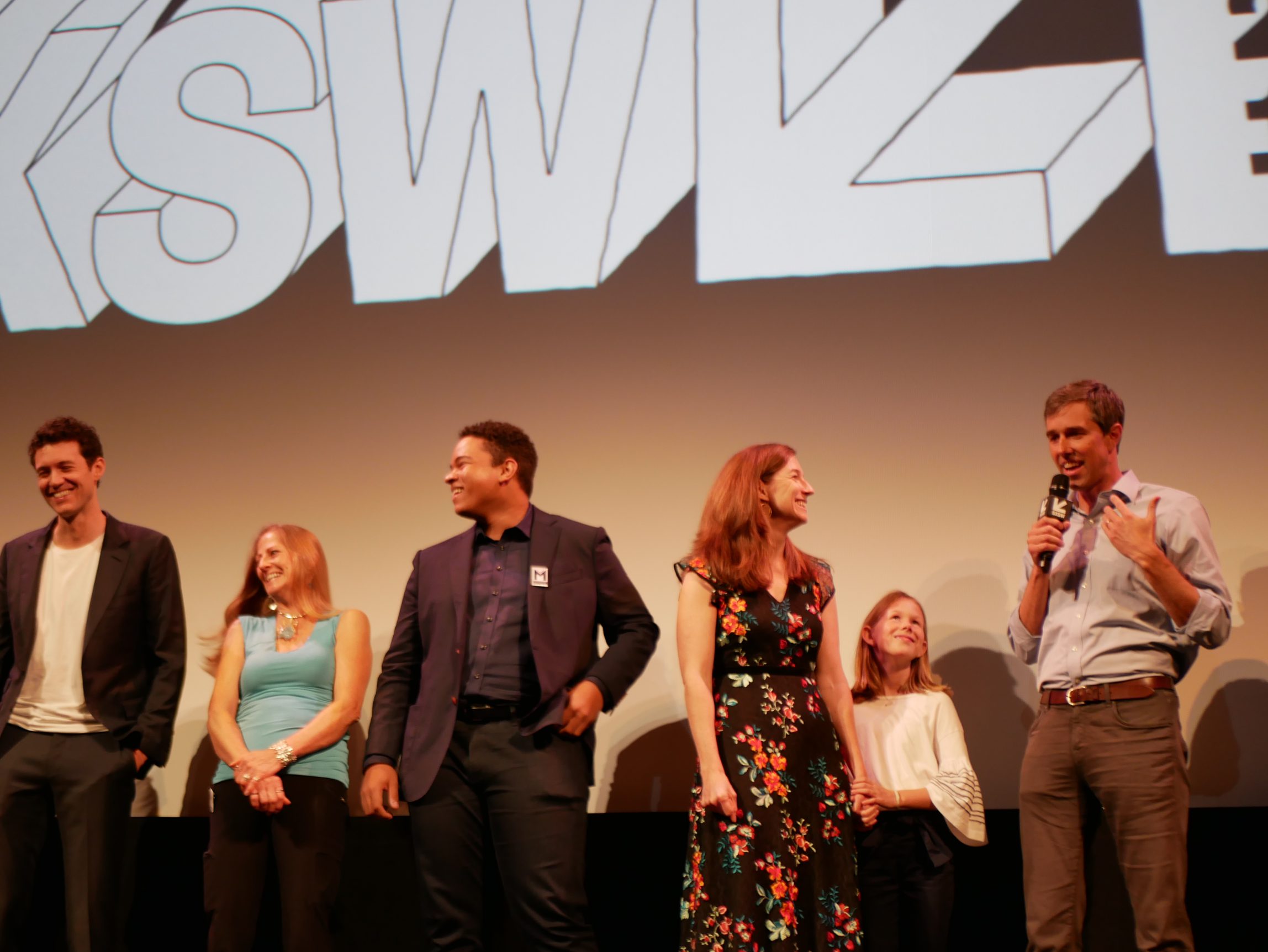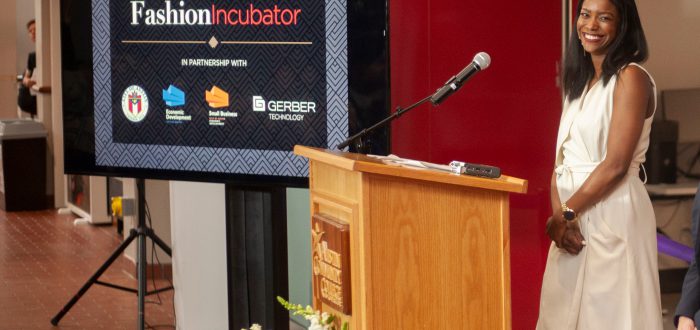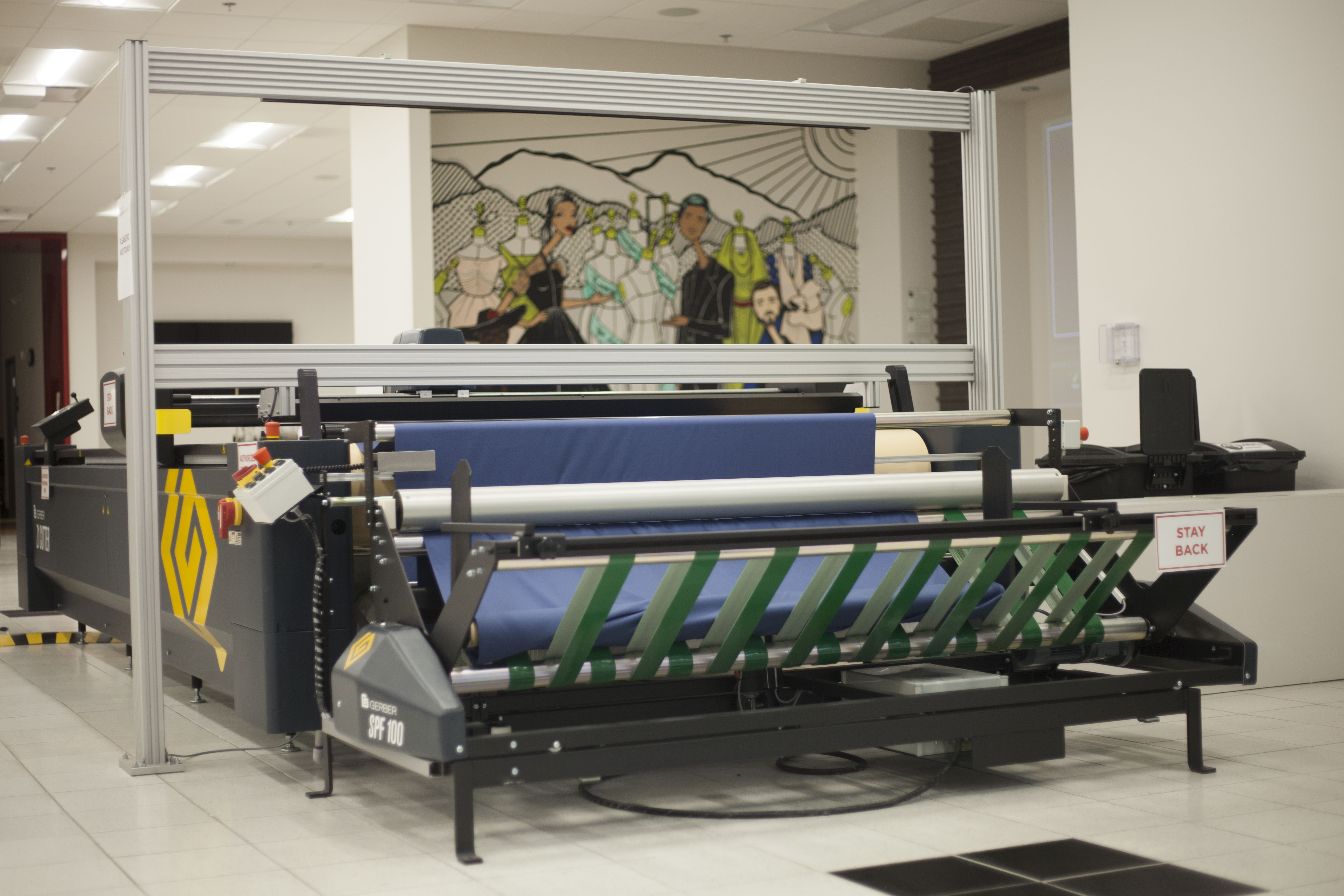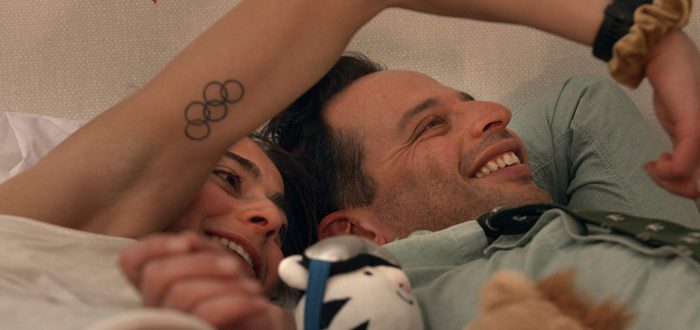Creativity and storytelling skills from around the country were on display in one of the many short film screenings at the Austin Film Festival
Review by: Alexa Smith
Austin Film Festival’s Stage 32 Short Film screening offered a variety of productions in varying genres. The short films originated from a contest that was hosted by Stage 32, an educational and social media platform for creatives. This is Stage 32’s 4th year hosting this contest and it is clear that they’ve found some gems even though some films struggled to match the quality of their competitors.
The screening started with a film titled “Dolphin Girl” (director Tanya Lovrics). A rough way to start the screening as this was one of the weaker films shown. The film follows a young boy as he struggles to make friends after moving to a new town. A young girl befriends him and helps him find a way to fit in. We watch as the boy slowly figures out that the girl was actually a figment of his imagination. The plot sounds promising but ultimately fell victim to clunky dialogue and even clunkier sound design. The score is heartwarming but was overshadowed by the unbalanced sound effects and rough sound transitions. Overall, the movie is nice but lacked in production and writing quality.
This first short left me worried about the quality of the following six films. However, the next film “Duke” (director Thiago Dadalt) assuaged my fears. Based on a true story, “Duke” is about a boy with severe autism. The film highlights the difficulties the family faces when trying to figure out how to help him. I feared the film would fall victim to stereotypes and flat characters as many stories of autistic people do, but Dadalt created a realistic picture of what it is like to live with autism. According to an interview Dadalt did with the Napa Valley Film Festival, he spent over a year with Duke’s family to really understand not just Duke but the relationship he had to his mother as well. The carefully conducted research is not where the film’s merits stop. The viewer can see how intricately this film was planned from the beautifully constructed shots and well-conducted lighting design. “Duke” had a lot of work and effort put into it and resulted in a heartfelt film.
The following film, “The Man With a Pillow For a Face” (Director Carlos Grana) had fantastic production value and sported a gorgeous set. The lack of dialogue in the movie left the story somewhat open to interpretation but felt like a grasp for originality. This plot of a man being stuck in a repetitive rut every day and solving it with a dramatic action is nothing new. While the sight of a man’s body with a pillow head leads the viewer into an area of Uncanny Valley that is thrilling and disturbing at the same time – this film lacked the heart of the other films that not even a Black Mirror-worthy set can make up for. Despite these flaws, this film is still worth a watch for the production value and slightly terrifying ending alone.
The next two shorts, “Dream Catcher” (Director Avery Rouda), and “Things That Fall” (Director Sy Huq) were some of the weakest ones of the bunch after “Dolphin Girl”. “Dream Catcher” is a computer-animated film that unfortunately had the quality of something from the mid-2000s. However, this did not take away from the creativity and imagination of writer/director/producer Rouda. “Dream Catcher” shows what goes on inside of a dreamcatcher in a child’s bedroom. We watch as employees in a dream factory take bad dreams and turn them into good ones. Even though the animation quality of this film put it behind the other ones, it does not take away the enjoyment and childlike wonder an audience member feels while watching it. While “Things That Fall” had fantastic sound design and impressive cinematography that featured beautiful bookshelf shots, the plot felt overdone. It was a simple meet cute with an interesting twist that was unfortunately not enough to keep it from feeling trite. “Things That Fall” was still an enjoyable film and still has the ability to create a warm-fuzzy feeling.
The real standouts came in the form of the final two films of the screening. The final film that was shown, “Tell Him” (Director Virginia Bach) is a French film about a widowed father who is struggling with how to tell his son that his mother has passed that was created with empathy and the perfect amount of coldness. The film takes place over one day and starts in the morning with the boy asking about his mother. As the audience slowly starts to understand what is happening, we start to feel the same sense of dread the father must be feeling. This sense of dread is not just present in the actor’s performance but also in the cinematography and direction. Bach has crafted a film with extreme close ups that help us feel the stress of the father. While the trope of a dead mother can often be overused or relegated to being a simple plot point, this film takes time to watch the mourning father and for the audience to feel compelled enough to mourn along with him. The film’s excellence comes to a crescendo by ending with the son walking into the hospital room that his mother is supposed to be in. The film ends before we see the son’s reaction, showing that Bach trusted the audience enough to draw their own conclusions.
“Tell Him” is a story told in a beautiful way. Even though “Tell Him” was the grand prize winner of the Stage 32 contest, I found the real star of the screening to be “SOJOURN: A Visual Proverb” (director Jonathan Lewis). This film exemplifies the creativity and rule-breaking that you hope to see in up and coming artists. Lewis is able to take the simple tale of returning home and turn it into so much more. The film lives up to its title of “A Visual Proverb” by using poetic narration and artistic visuals interspersed with an African American man contemplating his place in the world on his journey back to his home. “SOJOURN” is such a great film not just because it tells a story that needs to be told but also because it is not afraid to take risks. Jonathan Lewis, who also wrote the film, says in his director’s statement on the film’s website,
“I knew I had to lend my voice and story, as an aid to help young black men and others find peace within, and extend my hand to help close the gap between ignorance and understanding.”
Lewis was able to use beauty and artistry to express issues he had dealt with and create a film that is so gorgeous you can’t look away. “SOJOURN” stood out from the crowd.
The Stage 32 Short Film screening at the Austin Film Festival offered a wide array of points of view and stories told in 20 minutes or less. The screening as a whole helped show just how important it is to believe that your voice matters in the film industry. It also helped show why it is important to listen to the voices and stories of others. Stage 32 is doing a great job at helping bring up indie filmmakers not just through this contest but through the number of resources on their website as well. The website features a place for filmmakers to digitally network and learn more about their craft. This is a great tool to use if you are an RTF major at Austin Community College, so make sure to check them out.
If you’re interested to learn more about any of the films mentioned, check out Stage 32’s contest page and keep an eye on the website for future screenings of the films.
Clarification 11/26/19: “Dolphin Girl” was an additional screening shown at the Austin Film Festival and was not a part of the 4th Annual Stage 32 Short Film Program.



